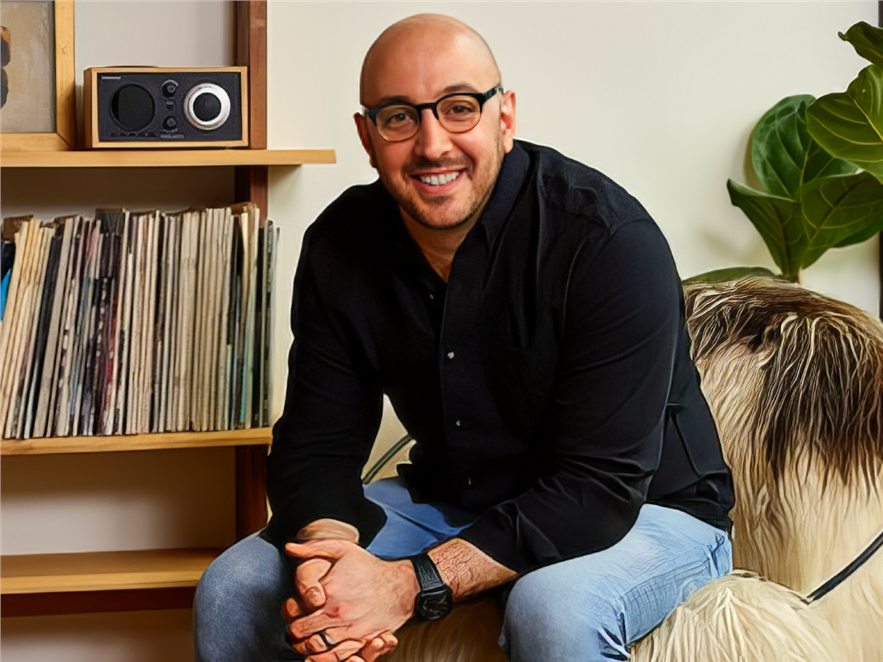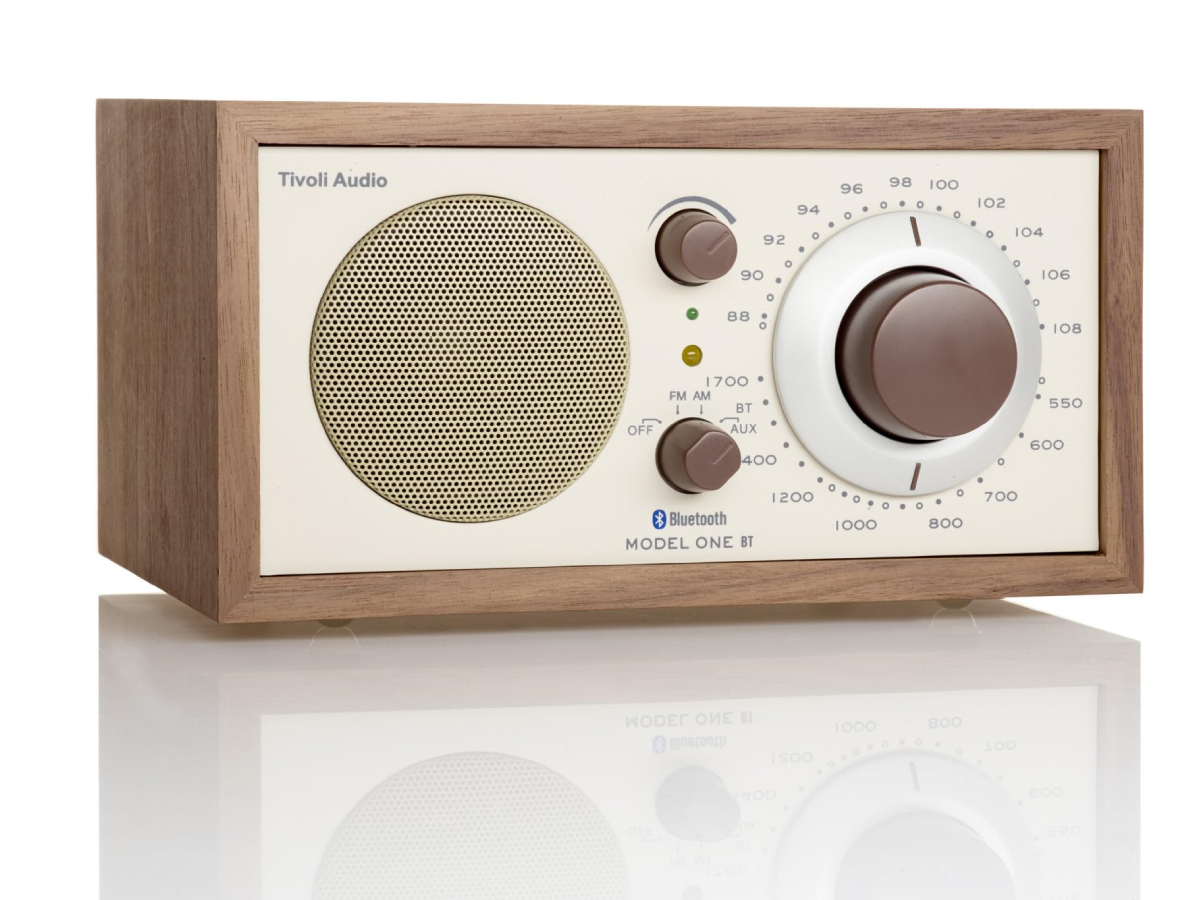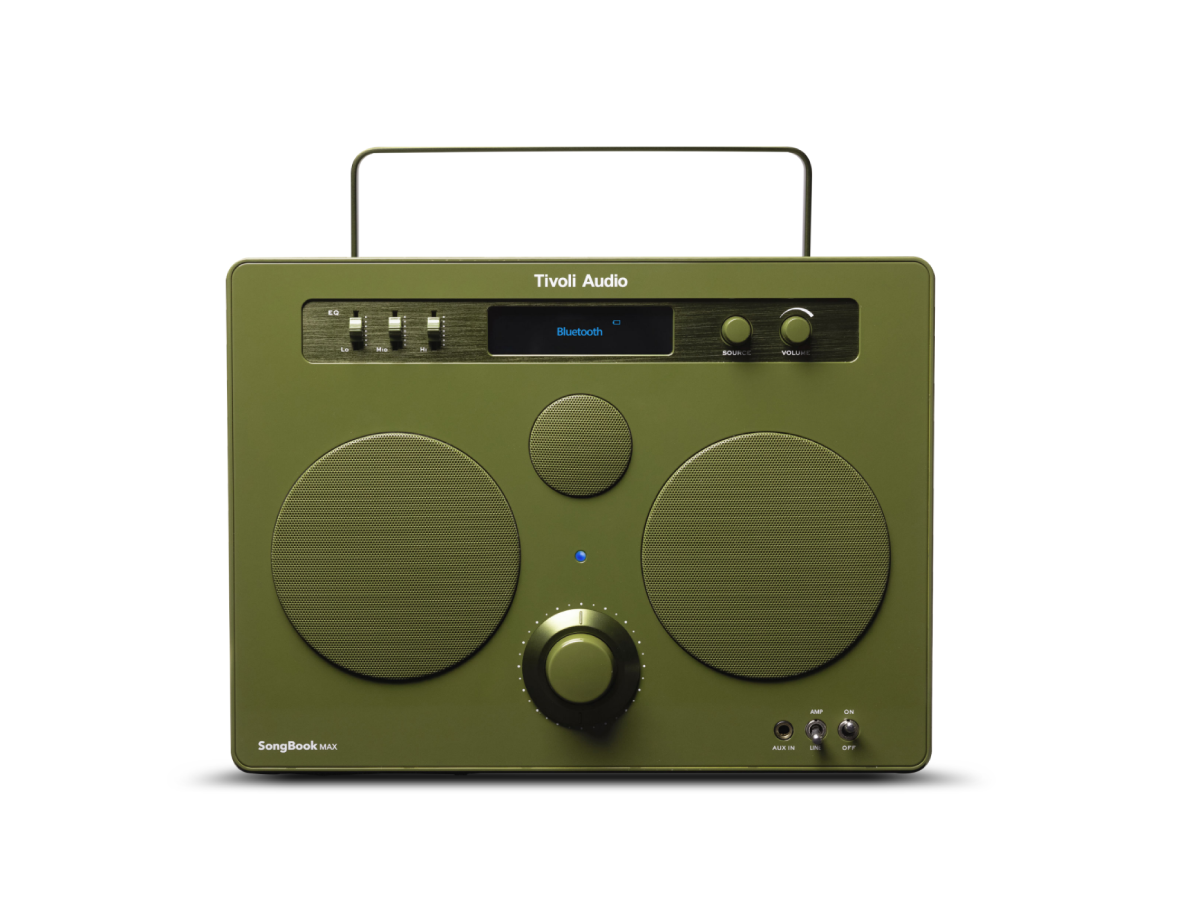They may well be the Royal guardians of the Radio, making sets that have won over audiophiles and designers the world over. The Model One, their first-ever radio that was launched in 2000 still remains core to their product line-up. We speak to Paul DePasquale - CEO, Tivoli Audio about the brand’s past legacy and forward vision…
In conversation with Paul DePasquale - CEO, Tivoli Audio

How strongly do you hold on to the radio heritage built by Tivoli during the Henry Kloss days?
Over the years, we've had a lot of differences in tech, but we've always kept that analog approach that Henry designed, mainly in the EQ circuit and the tuning. But of course, over the years, all the digital tech has come in with tuners and with audio so we've. Kept a lot of the heritage in that product. You know, of course, they know that we still have a huge part of our DNA that was built by Henry. A lot of the heritage products that we started with in the early 2000s are still manufactured to this day. We still sell a ton of radio-only products so our Model One is now the Model One Bluetooth Also, the classic collection which is usually defined a lot by the analog style approach to the design with cabinets.

Design has always been the USP of Tivoli Audio. Does it still work for the newer generation?
It's the way to get the audio lover and then the design lover in the home to come together. Because for many years, even personally, I had like any audio lover, tall speakers and amplifiers, wires everywhere and when my wife moved in she was like when are you going to put all this in the basement? And that was actually when I started to design a couple of new models because I said okay I have to find something that sounds good but also looks good otherwise. We do a ton of corporate gifting and in some markets, we also do wedding registries with people getting married so they get to select the gifts they want for their homes. It's the kind of thing where a young couple starting their new life would like to own some nice things in the house.
While it’s charming to have a solo speaker in the kitchen, is stereo pairing in the works?
We could do it in the Wi-Fi portion of the Art line and one of them had a stereo option. The current lineup is designed to be more stand-alone with the Gen 2 Model One Digital or the Model Two. We're thinking about It more now with the Model Two Digital because it's just a speaker so you can have more speakers and they create sort of a stereo pairing. But what we see in a lot of the Wi-Fi segments is more of just one speaker in a room or if they have 2 rooms, maybe they have one in each room. An interesting statistic about Wi-Fi speakers is that even though there's a push for big multi-room, it's always either one or 1.5 speakers that get purchased per household.
Currently, we don't have a native app. That was something that we learned through Gen 1 that we didn't want to be an app company. It's just a lot more intensive of R&D. Instead, our systems are very simple to set up on the network using either Airplay and your phone or using the Google Home app, which you set up on the network and you can just find it in your streaming services. if you want to add speaker groups or you want to create zones or if you want to create some kind of smart setup, you could do it either in Apple Homekit or the Google Home app. But even in those products we've kind of kept to our DNA and the Model One Digital still has a radio!

How has the acoustic design evolved over the years inside the retro cabinets?
For all our products that have wood in them and are ported already with the bass ports, we take into account the general analog design for the audio profile. We're always looking at cabinet dimensions with the rear port and the driver. For the longest time, we used traditional long throw drivers that can get you full range with bucking magnets and you know…nothing too crazy. Now we have some with neodymium magnets and some with passive radiators for the low end, but for so long we just used a full range paper cone driver.
I think for me, personally, the days of creating a single-driver product are sort of coming to an end, as much as that's our DNA. People expect 2,3, or 4 drivers with some kind of a passive radiator or some kind of woofer, so that's been the new exploration. I still love the idea of having a single driver that has power, warmth and a natural sound quality but you know when you get to the streaming services and all the different quality of streaming rates, you kind of have to play along with it with having the power and then have the drivers to support it. Unfortunately, you can’t do high-quality or Wi-Fi streaming like Tidal if you have a single driver. You can add our separate subwoofer to the Art line of our speakers. You can use it as a standalone subwoofer with any Tivoli or non-Tivoli product so yeah with the Sub you get to the 3-way speaker approach.
Is it becoming difficult to create a differentiation between your OG designs and the plethora of retro-inspired products out there?
I think we have always had the perfect blend of sound quality, design, simple form factor and price point. All those things together are what makes Tivoli. I know many brands out there that look a lot like Tivoli, that retro old-school radio but you're not gonna find the sound quality you're not gonna find the tuners, you're not gonna find the radio experience to be on point.
We have customers you know, every day that call us that say “I have my Model One from 2004 and only now the tuner knob seems to be a little funny”. You look at that customer and know they invested in a quality product 10-plus years ago and they still have it, can we still value it? We are a brand that stands behind that, so when you ask how you differentiate, it's not just the product and keeping up with the quality, it's also sticking behind the brand and supporting the customer's long-term, cause that's what you don't see in a lot of those brands that are copies or replicas.
There’s something inherently “right” about tuning radio stations with a knob. Does it still hold value?
The precise damping on the tuning knob is what gave us the 5:1 MOSFET tuning that Henry Kloss was passionate about. How do you get the ability to tune the weakest of stations and that dampening that you feel, that smoothness…is allowing you to go through the band at a slower rate so within a certain frequency range, you can pull in the weakest of stations.
Japan is one of our top markets at the moment. A lot of that has to do with the rich music culture, a bit of the analog feel in their products and they have a love for craftsmanship. It's all in the fine details, I mean whether it's radios or anything else. I've seen a guy explaining to me a pen like it was carved from marble and from the Sistine Chapel or something! They get really enthusiastic.

Considering India is a price-sensitive market and streaming options are cheap, how are you planning a strategy around the radio-oriented Tivoli products?
A top-tier product in the US retails for $849 and our lowest price point in the US is $179 for a Bluetooth radio. Now, of course, someone would say, “oh well, that's very expensive for a radio when there are many inexpensive options”. Again, it comes to the sound quality, the design, the aesthetic, the tech and the brand support. Our plan in India is to be able to support a wide population of radio listeners. I still think it's a huge portion of mass communication here in India and we can be a name in providing a nice quality audio product in the home that can provide them with radio but then also expand their interest into our other products. But we're still developing the right strategy approach on how we can find the right prices. The right product assortment that fits properly.
How do you plan to recharge the brand in Indian with your new partners, Alphatec?
I got into working to develop India by coming together with Alphatech because I believe that we can do something pretty substantial here. I think it's a big market with a lot of growth potential. Why it has taken us so long to be in this market? I don't know, it's something that maybe was before my time running things but I think we did try many times but we didn't have the right partner or the right product mix. We have some new products that we've been developing and so in the next couple of months, you'll see that there's not only the core stuff that we have that we think can resonate here, but have some ideas for some products that come out.
Are we likely to see a whole different design direction from Tivoli anytime soon?
We've taken some freedom and liberties with some of the new products to get away from the retro style of a Model One, which people can look at and say, it‘s very 50s and 60s. Maybe now we're now at the 70s, we try to bring a little more sleekness and a modern approach. There are some ideas that we are working on for next year, that may not be futuristic, but they will be a little bit more modern and sleek. But even when I go through those designs I'm always trying to find the thing that makes it personable. Being tactile is super important. Some of the stuff that's out there, it’s sleek and modern and it looks beautiful, but how do you interact with it when it's almost too precise, too clean.
.jpg&w=35&h=35&q=70&c=1)